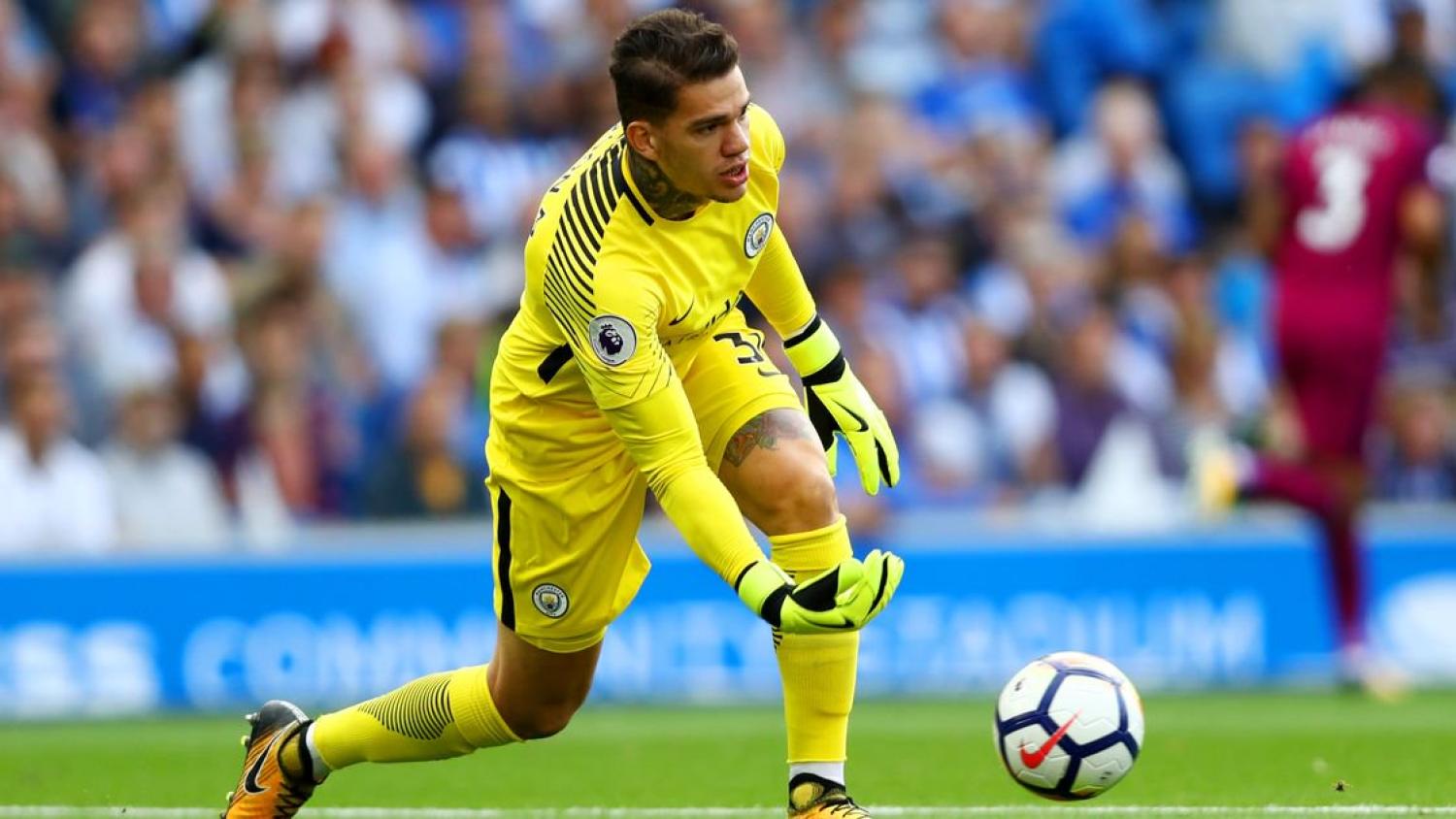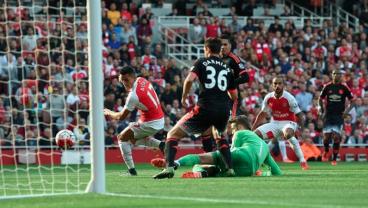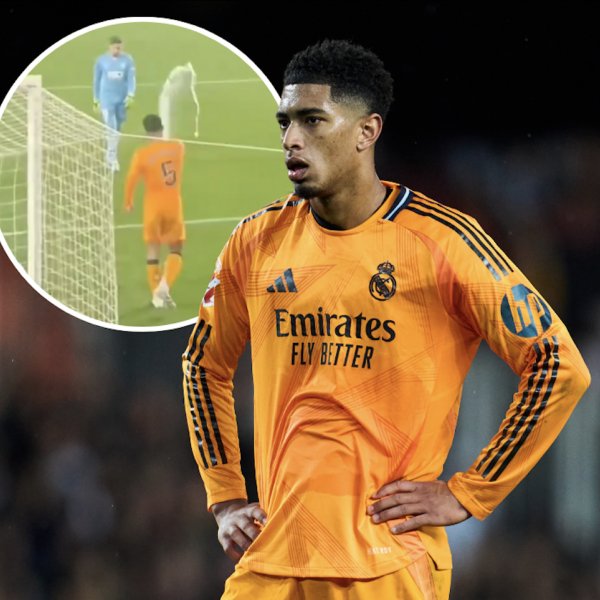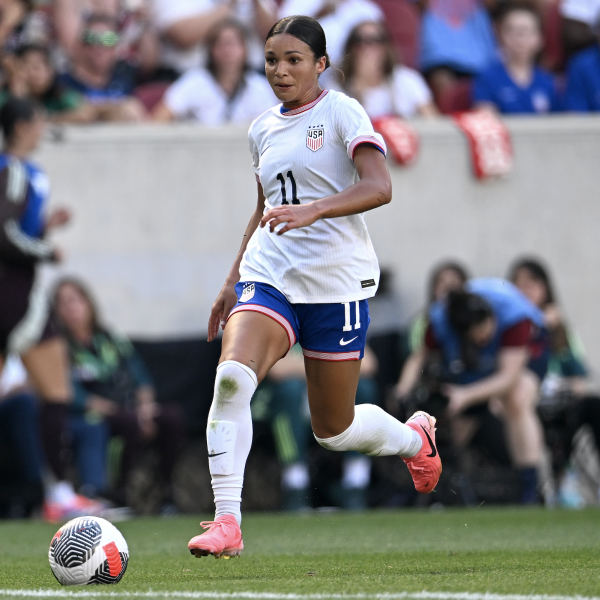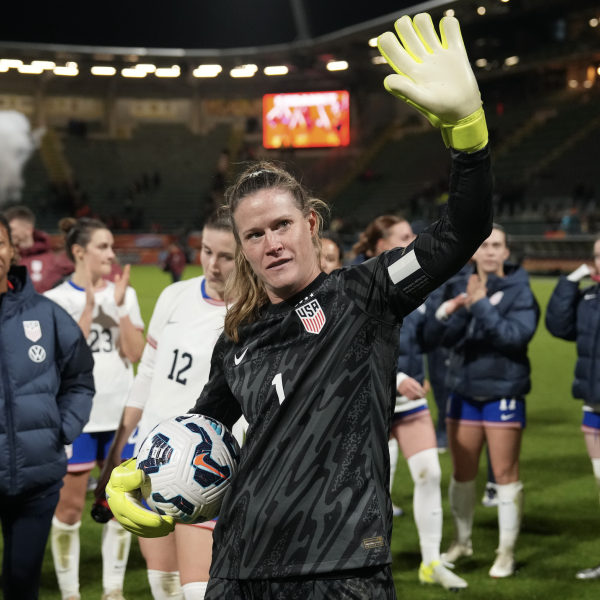Does your goalie like to pick out passes to nearby teammates and help the team play out of the back or does he like to hoof it up the park to get it as far away from him as possible? The answer may determine your spot in the English Premier League table. Goalie distribution is almost directly correlated to EPL success according to the chart below.
This graphic shows the percentage of passes from EPL goalies that are long balls and the top five teams are all among the top seven teams through seven games in the 2017-18 season.
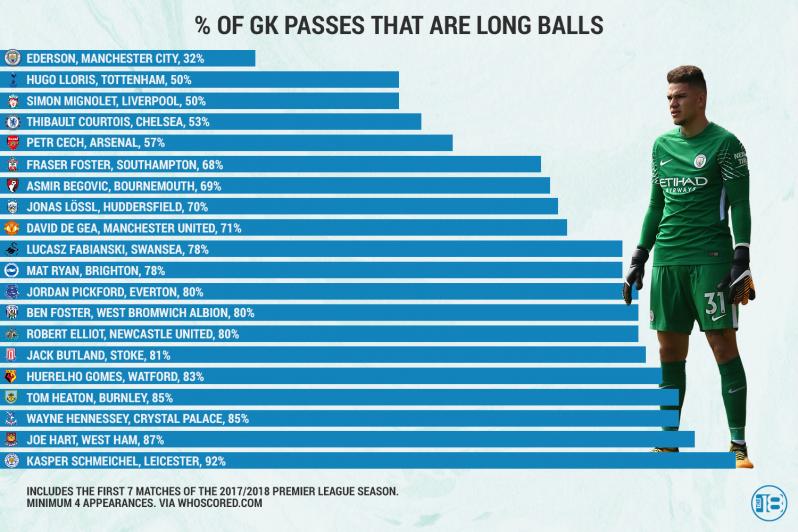
Not surprisingly, Pep Guardiola’s Manchester City leads the league in fewest long balls. Guardiola and his love of the tiki-taka, play-from-the-back style have led to goalie Ederson kicking the ball long a mere 32 percent of the time. Manchester City just so happens to lead the league with an impressive 19 points and a plus-20 goal differential. And even when Ederson does go long, he does this:
At the other end of the spectrum, Leicester City’s Kasper Schmeichel has had little interest in playing short to his defenders and 92 percent of the time launches the ball long toward Jamie Vardy. But Leicester, still less than two years removed from winning the 2016 title, is laboring in 17th place this season, just above the drop zone.
Manchester City is far and away the leader in fewest long balls. Following Ederson, Hugo Lloris (Tottenham), Simon Mignolet (Liverpool), Thibaut Courtois (Chelsea) and Petr Cech (Arsenal) all rank between 50 percent and 57 percent, a significant jump from 32 percent. But those four clubs are all among the top teams in the league, members of the so-called Big Six and consistent challengers for the title (or at least the Champions League places).
There’s another significant jump for the next four teams: Southampton, Bournemouth, Huddersfield and Manchester United. United is second in the league table trailing rival Manchester City on goal difference and David de Gea has hoofed it long 71 percent of the time, the highest among any team in the top five of the standings.
Half of the league goes long between 78 and 87 percent of the time.
So why might goalkeeper distribution relate to league success? For starters, it’s easier to maintain possession with a short pass than going long. A 50-yard pass is essentially a 50-50 ball. Manchester City choosing to play short 68 percent of the time makes Guardiola’s team twice as likely to maintain possession when the goalie has the ball as most of the league.
Manchester City leads the league in touches (5,991) and passes (4,676). At the other end, Leicester, which opts for the long ball from Schmeichel more than anyone, is 16th in touches (3,779) and passes (2,388). Arsenal, Tottenham and Liverpool are ranked second, third and fourth, respectively, in passes and touches and fifth, second and third, respectively, in playing it short from their goalkeepers. All three are among the top clubs in the league. This isn’t coincidence.
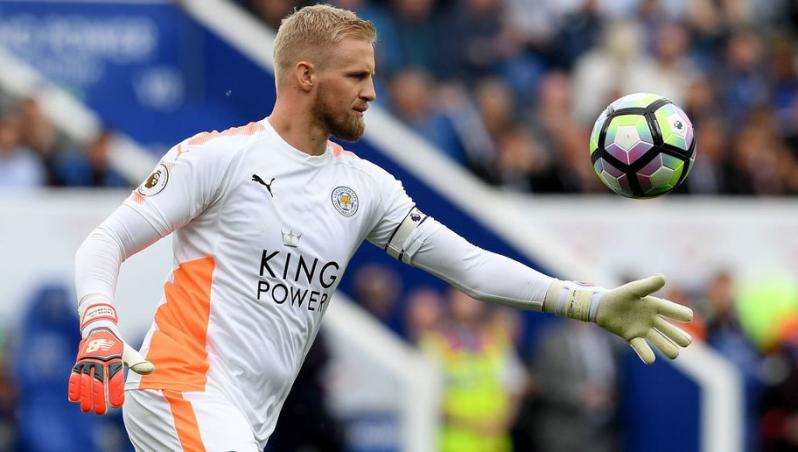
Kasper Schmeichel plays it long more than any goalie in the EPL. Photo: @FutbooIFlchajes | Twitter
There are advantages to playing it long. Teams with defenders who aren’t comfortable on the ball will be better off kicking it forward and trying their luck with a 50-50 ball. A goalie clearing the ball takes pressure off the defense and immediately puts pressure on the opponent’s defense.
Thus there are a few outliers in these statistics. Bournemouth is currently in 19th place and has struggled to score (only Crystal Palace and Swansea have scored fewer than the Cherries’ four goals). Yet Bournemouth goalie Asmir Begovic distributes to his defenders 30 percent of the time, seventh most in the league. Then there’s Burnley, whose goalie Tom Heaton goes long 85 percent of the time, yet the club is surprisingly sixth in the EPL standings, having allowed just five goals all season.
But for the most part, a goalkeeper playing short and keeping possession will more often than not lead to more offensive chances for his team and fewer chances for the other team.


